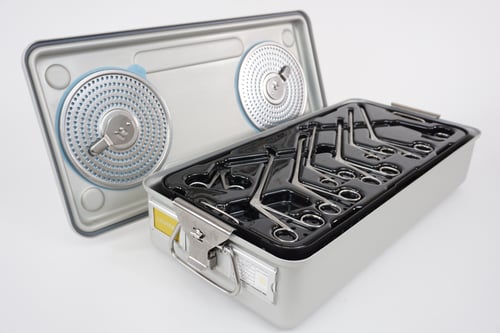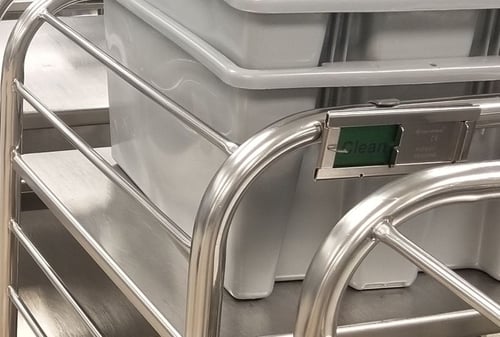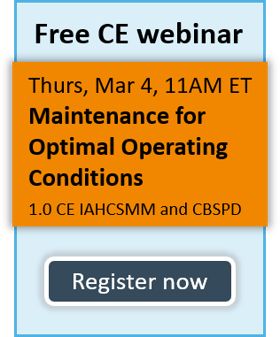The federal government has penalized 774 hospitals for having the highest rates of patient infections or other potentially avoidable medical complications. The patient safety penalties cost hospitals 1 percent of Medicare payments over the federal fiscal year (Oct to Sept). These penalties come under the Hospital-Acquired Condition Reduction Program, a program that attracts criticism from some hospital leaders.
Whatever your thoughts on the program, setting improvement goals is a big part of driving change. Measuring where you are, setting a goal, and making a step-by-step plan for how to achieve it can help you take control of—and improve—any situation you face.


Infection prevention
On any given day, one in every 31 hospital patients has an infection that was contracted during their stay. Infections and other complications can prolong hospital stays, complicate treatments and, in the worst instances, kill patients.
Although sterile processing personnel may never see these patients, we know they’re always on your mind. Infection prevention depends upon maintaining consistently high standards of practice, requiring you to perform each task as intended each time, which drives predictable results. How does your facility measure up on these best practices?
- Consistent, effective pretreatment at point-of-use – When instruments arrive in your department, are they jumbled and covered in blood and other soil? Or are they rinsed clean with an effective pretreatment applied? Work with your perioperative teams to select an effective pretreatment that makes decontamination faster and easier. Measure how much time you can shave off your decontamination process with a U.S. EPA Safer Choice labelled pretreatment that starts cleaning for you.
.jpeg?width=500&name=Point-of-use%20treatment%20with%20PentaPrep%20Multi-Enzymatic%20Spray%20-%20Case%20Medical%20(1).jpeg)
- Rigid containers for loaner sets – Loaner sets can take an outsized amount of staff time and cause real disruption when holes are discovered in sterilization wrap. Facilities often process two full loaner sets to have backup for that inevitable moment. Now you can avoid doing double work and save reprocessing time and money!
Transition to SteriTite® rigid containers, especially for those bulky Ortho/Spine sets, and you don’t have to worry about OR delays. Shift just a small portion of your wrap budget to begin building a stable of rigid containers for loaners—so you can drop-in and go, eliminating both wrapping time and delays due to holes in wrapped sets. After all, Case Medical manufactures the world’s only universal sealed container designed for loaners and made in the USA.
- Clear, permanent biohazard indicators for case carts – OSHA and AAMI call for soiled instruments to be clearly labeled as biohazard when transported from a surgical or procedure location to decontamination. Stop fussing with the waste and unreliability of paper signs attached to case carts or in plastic pockets.
SteriTite® Disposition Monitors are long-lasting, reusable monitors that easily mount on the outside of any case cart to show healthcare staff whether the contents inside are soiled or clean and ready to go to the next procedure room. Compliance is a matter of staff safety and required by law; disposition monitors can help you achieve 100% compliance. Now available with an easy to assemble mounting plate for open case carts (upon request).
Where will you start?
 There is no time like the present to set goals for better sterile processing performance and optimal patient outcomes. What are your goals for this quarter or this year? We can help with validated products, and services such as assessments, evaluations, education, and help with data analytics to meet quality metrics. We can help you, too. Contact us today at [email protected].
There is no time like the present to set goals for better sterile processing performance and optimal patient outcomes. What are your goals for this quarter or this year? We can help with validated products, and services such as assessments, evaluations, education, and help with data analytics to meet quality metrics. We can help you, too. Contact us today at [email protected].
Register now for our next webinar “Maintenance for Optimal Operating Efficiency” March 4 at 11am EST. Learn how to transition to a paperless maintenance plan for continuous improvement and accountability.





